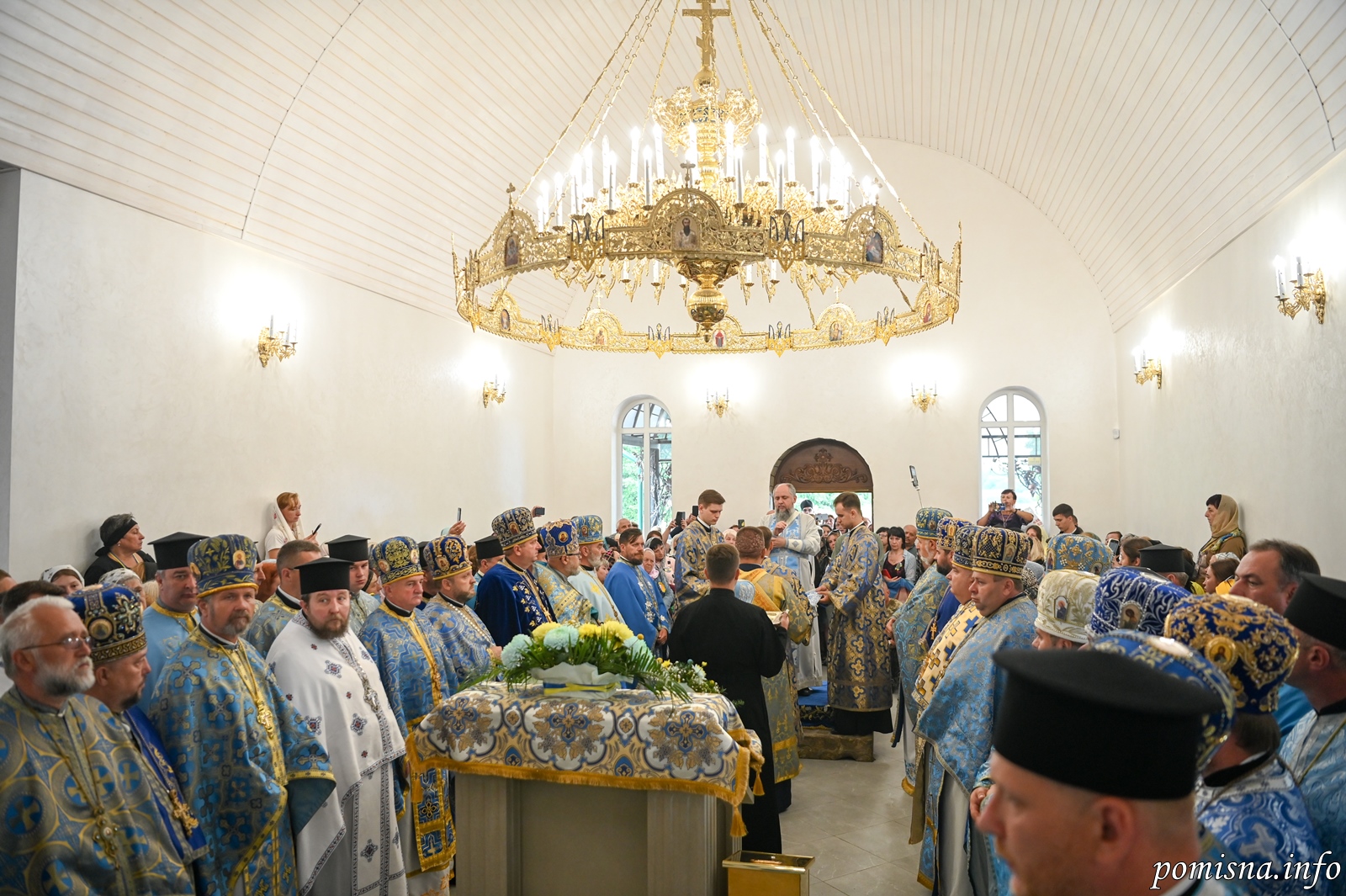Martyrs Marcian and Martyrius, the Notaries of Constantinople (25 October)


The Martyrs Marcian and Martyrius, Notaries of Constantinople served in a Constantinople cathedral. Marcian was a reader and Martyrius a subdeacon. They both performed in the capacity of notaries, i.e. secretaries, for Patriarch Paul the Confessor (November 6).
Arian heretics expelled and secretly executed the righteous Patriarch Paul. His throne was given to the heretic Macedonius. The heretics attempted to entice Saints Marcian and Martyrius over to their side by flattery. They offered them gold and promised to consecrate them as archbishops, but all the efforts of the Arians were in vain.
Then the impious threatened to slander them before the emperor, and sought to intimidate them with torture and death. But the saints steadfastly confessed Orthodoxy, as handed down by the Fathers of the Church. Marcian and Martyrius were sentenced to death. Before death, the martyrs prayed, “Lord God, Who has invisibly created our hearts, and directed all our deeds, accept with peace the souls of Your servants, since we perish for You and are considered as sheep for the slaughter (Ps 32/33:15; 43/44:22). We rejoice that by such a death we shall depart this life for Your Name. Grant us to be partakers of life eternal with You, the Source of life.” After their prayer the martyrs, with quiet rejoicing, bent their necks beneath the sword of the impious (+ ca. 335).
Their holy bodies were reverently buried by Orthodox Christians. Later, by decree of Saint John Chrysostom, the relics of the holy martyrs were transferred to a church built in their honor. Believers here were healed of many infirmities through the prayers of the saints, to the glory of the One Life-Creating Trinity.
These Martyrs were disciples of Saint Paul the Confessor (see Nov. 6). Martyrius was a subdeacon, Marcian a chanter and reader. They were beheaded by the Arians in the year 346. Miracles were wrought at their tomb, and demons were cast out; Saint John Chrysostom began the building of the church in their honour in Constantinople, and it was completed by patriarch Sisinius.
These saints of God were clergymen under Paul, the Patriarch of Constantinople, during the reign of Emperor Constantius. With the death of the great Emperor Constantine, the Arian heresy, which until then had been suppressed, revived and gained momentum. Even Emperor Constantius himself leaned toward this heresy. There were two influential noblemen at the emperor’s court, Eusebius and Philip, both of whom were ardent Arians. Under their influence, Patriarch Paul was ousted from the patriarchal throne and banished to Armenia, where the Arians strangled him. Then the dishonorable Macedonius seized the patriarchal throne. At that time Orthodoxy had two bitter struggles: against the pagans and against the heretics. Marcian and Martyrius interceded with all their strength and determination on the side of Orthodoxy. Marcian was a reader and Martyrius was a subdeacon at the cathedral church of Hagia Sophia; under Patriarch Paul they had been patriarchal notaries (secretaries). The Arians at first tried to bribe them, but when these holy men rejected this with scorn, the heretics condemned them to death. When they were brought to the executioner, they raised their hands and prayed to God, giving Him thanks for a martyr’s end to their lives: “Lord, we rejoice that we depart from this life by such a death. Make us worthy to be partakers of eternal life. Thou art our life!” They placed their necks beneath the sword and were beheaded in the year 355 A.D. Later, St. John Chrysostom built a church in their name over their miracle-working relics.
Apolytikion of Martyrs Marcian and Martyrius
Fourth Tone
Thy Martyrs, O Lord, in their courageous contest for Thee received as the prize the crowns of incorruption and life from Thee, our immortal God. For since they possessed Thy strength, they cast down the tyrants and wholly destroyed the demons’ strengthless presumption. O Christ God, by their prayers, save our souls, since Thou art merciful.
Kontakion of Martyrs Marcian and Martyrius
Fourth Tone
Ye struggled well even from earliest childhood, O wise Martyrius and all-blessed Marcian, and kept unchanged the Faith held by the Orthodox; for ye cast down Arius, the blaspheming apostate, as ye followed after Paul, your divinely-wise teacher. Wherefore with him ye also have found life, as God the Trinity’s excellent champions.
Source: oca.org / goarch.org / westserbdio.org





